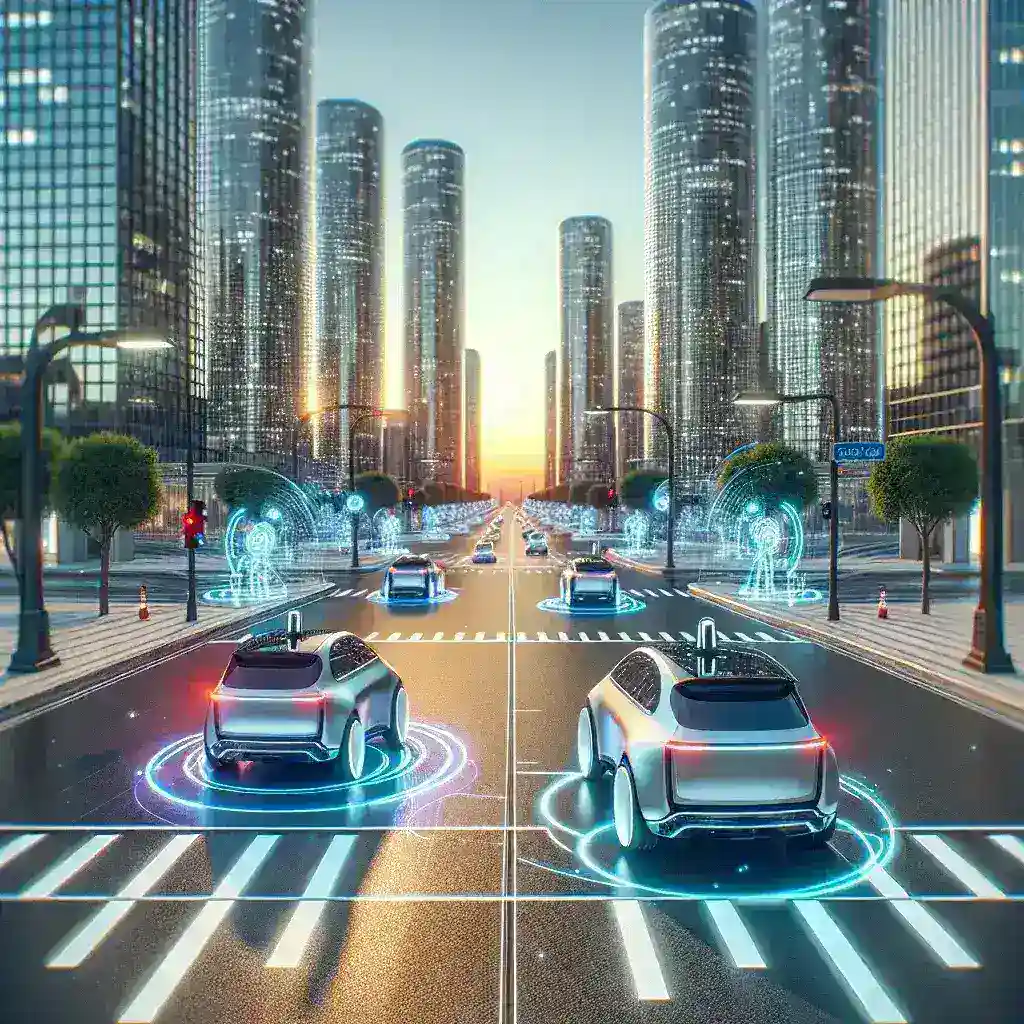Understanding the Safety Landscape of Autonomous Vehicles
The emergence of autonomous vehicle technologies represents one of the most significant transformations in transportation history. As we stand on the cusp of this revolutionary change, it’s crucial to examine the safety implications that come with the integration of self-driving vehicles into our daily lives. This comprehensive analysis delves into the various aspects of autonomous vehicle safety, exploring both the promises and challenges that lie ahead.
The Current State of Autonomous Vehicle Technology
Before diving into safety implications, it’s essential to understand the different levels of vehicle automation as defined by the Society of Automotive Engineers (SAE):
- Level 0: No automation
- Level 1: Driver assistance
- Level 2: Partial automation
- Level 3: Conditional automation
- Level 4: High automation
- Level 5: Full automation
Key Safety Benefits of Autonomous Vehicles
Reduction in Human Error
One of the most compelling arguments for autonomous vehicles is their potential to reduce accidents caused by human error. Studies suggest that approximately 94% of serious crashes are due to human error. Autonomous vehicles, equipped with advanced sensors and processing capabilities, can potentially eliminate many of these incidents by:
- Maintaining constant vigilance
- Processing multiple inputs simultaneously
- Responding faster than human drivers
- Operating without fatigue, distraction, or impairment
Enhanced Perception and Response
Autonomous vehicles utilize a sophisticated array of sensors and technologies that provide superior environmental awareness:
- LIDAR (Light Detection and Ranging)
- Radar systems
- High-resolution cameras
- Ultrasonic sensors
- GPS and mapping systems
Critical Safety Challenges and Concerns
Technical Limitations
Despite significant advances, autonomous vehicles face several technical challenges that impact safety:
- Weather condition limitations
- Sensor reliability issues
- Software glitches and system failures
- Cybersecurity vulnerabilities
Ethical Decision-Making
One of the most complex challenges involves programming vehicles to make ethical decisions in unavoidable accident scenarios. The famous “trolley problem” becomes a real-world consideration when designing autonomous vehicle decision-making systems.
Safety Measures and Regulatory Framework
Current Safety Standards
The development of autonomous vehicles is guided by various safety standards and regulations:
- Federal Motor Vehicle Safety Standards (FMVSS)
- ISO 26262 for functional safety
- SOTIF (Safety Of The Intended Functionality)
- Regional and national guidelines
Testing and Validation
Ensuring the safety of autonomous vehicles requires extensive testing and validation processes:
- Virtual simulation testing
- Controlled environment testing
- Real-world road testing
- Edge case scenario validation
The Human Factor in Autonomous Vehicle Safety
Driver-Vehicle Interaction
The interface between human drivers and autonomous systems presents unique safety challenges:
- Handover protocols between automated and manual control
- Driver attention monitoring
- Emergency intervention procedures
- User interface design and feedback systems
Public Trust and Acceptance
Building public trust is crucial for the successful implementation of autonomous vehicle technologies. This involves:
- Transparent safety reporting
- Clear communication of capabilities and limitations
- Educational initiatives
- Gradual implementation strategies
Future Developments and Safety Innovations
Emerging Technologies
Several technological advances are expected to enhance autonomous vehicle safety:
- Improved artificial intelligence and machine learning
- Enhanced sensor technologies
- Vehicle-to-everything (V2X) communication
- Advanced cybersecurity measures
Infrastructure Development
The safety of autonomous vehicles relies heavily on supporting infrastructure:
- Smart road systems
- 5G network implementation
- Updated traffic management systems
- Enhanced mapping and positioning systems
Conclusion: The Road Ahead
The safety implications of autonomous vehicle technologies are complex and multifaceted. While these technologies promise significant improvements in road safety, they also present new challenges that must be carefully addressed. Success in this field requires continued technological innovation, robust regulatory frameworks, and strong collaboration between stakeholders.
As we move forward, the focus must remain on developing and implementing these technologies in a way that prioritizes safety while building public trust. The journey toward fully autonomous vehicles is ongoing, and each step forward must be taken with careful consideration of its safety implications.
Key Takeaways
- Autonomous vehicles have the potential to significantly reduce accidents caused by human error
- Technical challenges and ethical considerations must be carefully addressed
- Robust testing and validation processes are essential for ensuring safety
- The success of autonomous vehicles depends on both technological advancement and public acceptance
- Infrastructure development plays a crucial role in supporting autonomous vehicle safety
As autonomous vehicle technology continues to evolve, maintaining a balance between innovation and safety will be crucial for successful implementation and widespread adoption. The future of transportation safety lies in our ability to effectively address these challenges while maximizing the benefits of autonomous vehicle technologies.

